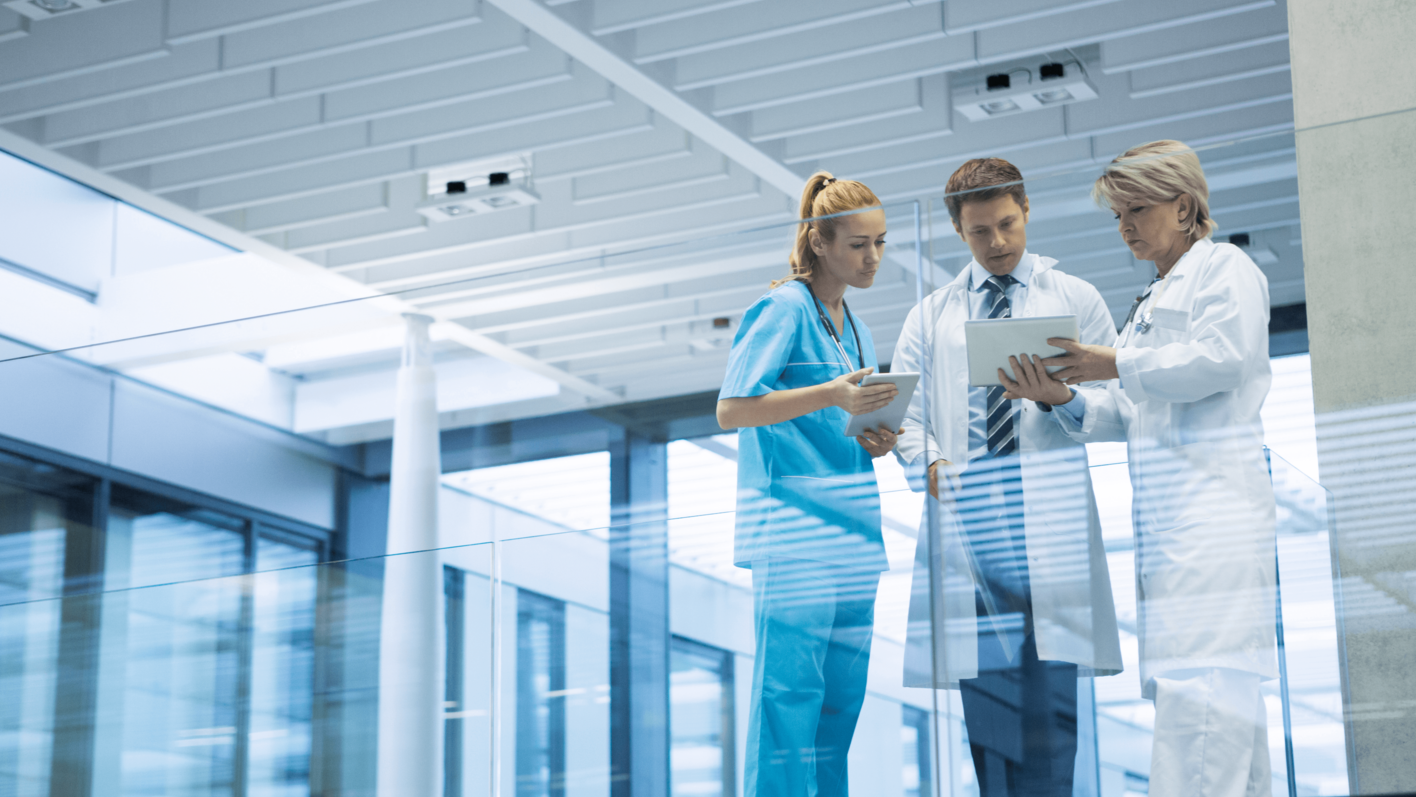Learn about spinal infections, including symptoms, diagnosis and treatment options.
Spinal Infection: Symptoms, Diagnosis and Treatment
Introduction: Overview and Causes of Spinal Infections
Overview of Spinal Infections
The spinal column consists of bone structures (vertebrae), with cushions between them in the front (intervertebral discs) and ligaments and joints in the back (facet joints). Like other bone and soft tissue structures of the body, the spinal structures can be infected with different bacteria and through different routes of infection.
Who Gets Spinal Infections and What Causes Them?
Spinal infections can be primary (spontaneous through blood supply) or secondary to a procedure on the spine. While spontaneous spinal infections usually occur in the elderly or people with a low immune system, a secondary infection can occur in anyone undergoing an invasive intervention to the spine. This ranges from just an injection, to very big operations.

Signs and Symptoms of Spinal Infections
Generally this condition occurs when the invading bacteria overcome the immune system of the patient. This explains also why it is relatively more common in old age and in patients with low immunity diseases such as AIDS, during or after chemotherapy treatment and patients with long history of cortisone therapy or diabetes. Another risk factor is the inadequate disinfection of the skin prior to any infiltration or surgery on the spine.
Diagnosis: Determining Symptoms, Diagnosis and Outcome
Non-specific Symptoms of Spinal Infections
Because spinal infection is a very rare condition with an incidence of 4-10 cases per million yearly, the disease is often diagnosed late. The symptoms are also usually non-specific but taking detailed history from the patient is necessary for the doctor to suspect this and go on with further diagnostic methods.
Primary Spinal Infections
Primary spinal infection presents sometimes with or after infections of other body regions, for example gallbladder, joints, lung infection or even infection of the heart membranes (endocarditis). In addition to the previously described risk factors, another infection in the body together with back pain (not related to effort and worse at night) should raise the suspicion of spinal infection. Fever may also be present.
Secondary Spinal Infections
Secondary infection after any spinal intervention can also occur, yet rare. In this case the history provided of increased back pain after an intervention and other symptoms of infection are the clue for diagnosis.
Paralysis and Spinal Infections
Some cases of spinal infections can lead to paralysis of all limbs (when the cervical spine is affected) or of both lower limbs (when thoracolumbar spine is affected). This paralysis can occur through pus formation in the spinal canal (abscess) or through abnormal mobility of the infected segment (instability), both leading to compression of the nerve structures in the canal (spinal cord or nerve roots).
Diagnosing Spinal Infections: MRI and Blood Tests
The diagnosis will be mainly through a magnetic scan (called an MRI) of the spine. The MRI will show exactly how much the spinal canal is narrowed and how much it is affecting the spinal cord. A blood test is also very important and may show non-specific abnormalities which also reflect the infection grade.
Treatment: Effective Treatment Options for Spinal Infections
Pain Medication and Antibiotic Treatment
Treatment of the condition depends on the degree of the disease and the progress of any nerve deterioration. At the beginning with mild and tolerable symptoms, the doctor may start with several weeks of pain medication, antibiotics and bracing, sometimes with bed rest.
Should this treatment fail it may be necessary to treat with surgery.
Surgery for Spinal Infections
The surgery is done from either the front or the back, or both. The decision of which approach depends on how many vertebrae are affected and where is the main location of the narrowing, as well as the stability of the segment. The main goal of the operation is to eradicate the infection, provide more space for the spinal cord and to stabilise the spine using screws and metal rods. After surgery, antibiotics could be needed for up to six months.
EUROSPINE is a society of spine specialists of various disciplines with a large knowledge of spine pathologies. All well-known and accepted treatment modalities for spine pathologies are represented by the members of the society. However, the Society cannot accept any responsibility for the use of the information provided; the user and their health care professionals must retain responsibility for their health care management.